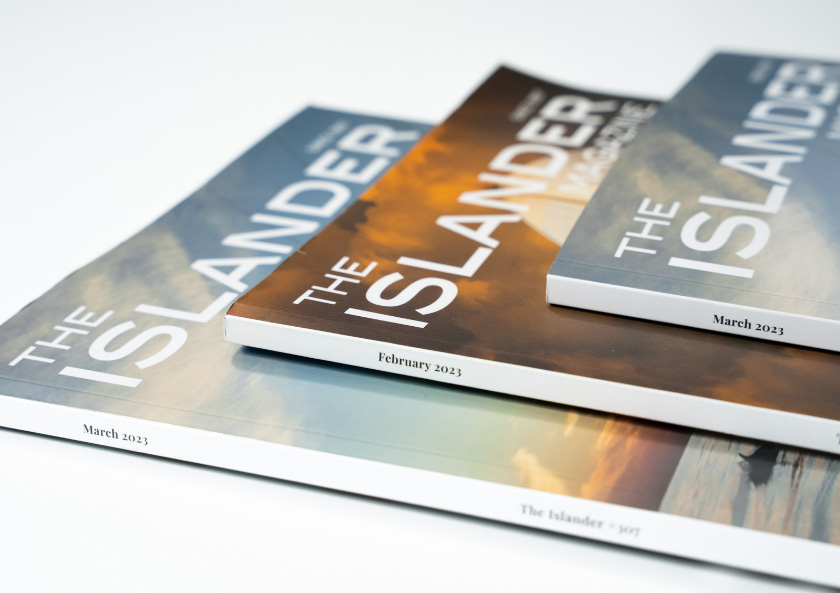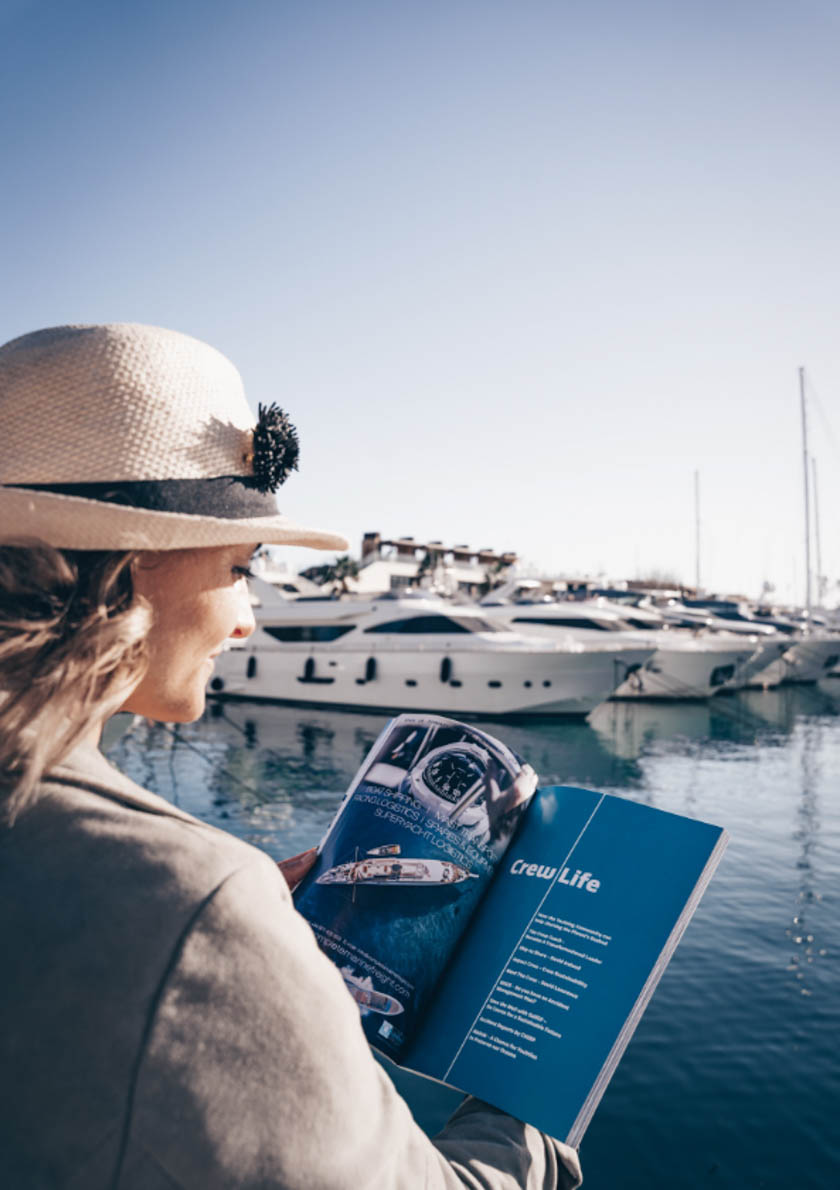
I’m writing this month’s column in the idyllic surroundings of New Zealand’s north island – the latest stop-off point along the Volvo Ocean Race convoluted route around the world. I gave a great sigh of relief when arrived here from the previous VOR stopover – Sanya, off the south coast of China – and I’m now awaiting the fleet of six VO65s to arrive here at the end of Leg 4 after what will have been three weeks at sea.
The culture gap between the non-stop noise and traffic chaos of Sanya and the calm and tranquillity of New Zealand could not be any more marked. Chinese locals dub Hainan Island ‘the Hawaii of China’ (a.k.a. ‘Chiwaii’) but in reality, beyond the gaudy five dollar Hawaiian-style shirt and shorts ensembles sported (apparently without any trace of irony) by the Chinese holidaymakers Sanya has next to nothing in common with the USA’s fiftieth state.
Added to the fact that the Chinese government has the Internet in a permanent chokehold that eliminates any straightforward use of Google and other helpful sites, remarkably few people speak English in Sanya, meaning any serious business requires the services of a translator. Even simple tasks like travelling by taxi need meticulous planning, with both your destination and return location written out in Mandarin for you to show to the driver. Now, scale this up to the job of launching and re-stepping the mast of a VO65 using a skilled but Chinese-only speaking crane driver and you begin to see the logistical challenges facing the teams.
Then there was the breath-taking levels of bureaucracy-gone-mad demonstrated by the Chinese Customs authorities who never missed an opportunity to make absolutely sure their presence was felt. The inshore racing in Sanya almost never happened after on the day of the practice race uniformed customs officers blockaded the pontoons and demanded to see the passports of anyone who planned to step aboard the VOR boats – including sailors, corporate guests and even shore crew. The standoff prompted a frustrated VOR official to hiss to his ever-implacable translator: “Tell them we are a well known international sporting event – not a bunch of bloody smugglers!”
Fortunately for all concerned sanity eventually prevailed in this situation and did so again on the morning of the Leg 4 departure day when an eleventh hour request from Abu Dhabi Ocean Racing to change out a crewmember due to illness was at first met with the blank faced response: “You will have to come back next week.”
This sort of lack of understanding adds weight to argument of those who bemoan the VOR’s modern day zigzag course around the globe and call for a return to southern ocean loop of the Whitbread Races. There would be little resistance from the sailors, who were driven almost insane by almost two weeks of flat calm in the Bay of Bengal on Leg 3 and as I’m typing this are about to begin what could be an equally painful 1000-mile wide Doldrums crossing on Leg 4.
However, the truth of the matter is that the VOR only exists because the race’s owners (note: owners not sponsors), Volvo, regard it as a key part of their business-to-business marketing strategy. That means the fleet has to visit as many of Volvo’s key markets as possible, rather than spend five weeks at sea where their corporate guests can’t see them. The purists might not like it but that’s the way it has to be.
















0 Comments